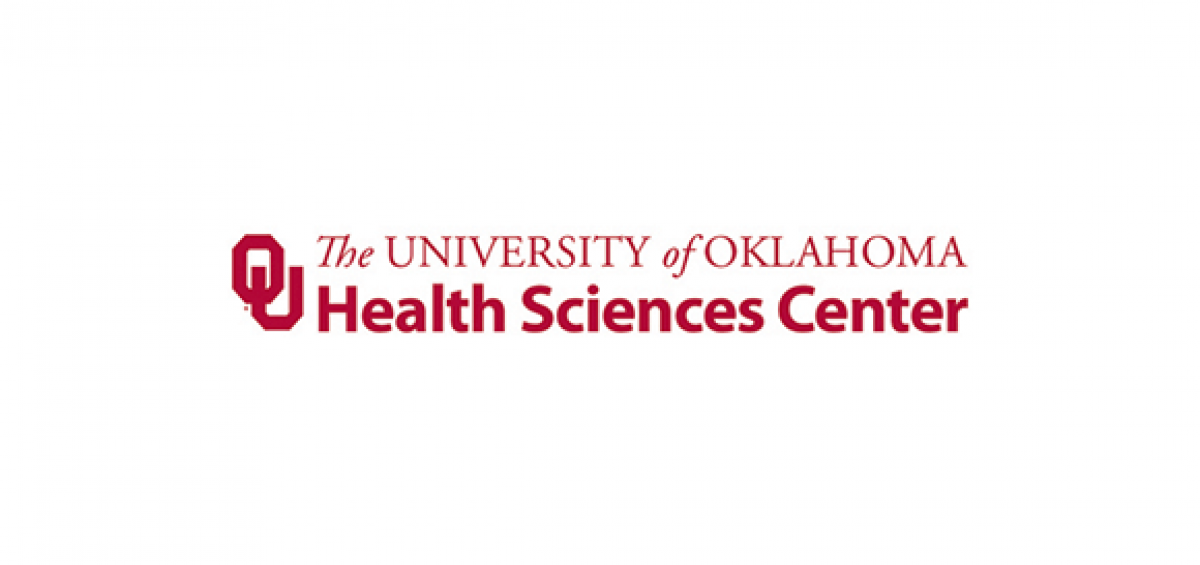Home > Success Stories > University of Oklahoma Health Sciences Center
OUHSC not only needed a comprehensive enterprise residency management system; it also needed a complex internal billing process built into the system
The Challenge
The University of Oklahoma Health Sciences Center needed an enterprise system to not only handle the administration of its 64 residency and fellowship programs, physician training and cost report generation, it also required an integrated system that could handle their unique and extremely complicated internal billing process.
OUHSC has an internal reimbursement arrangement between its college and its hospital. “Affiliated institutional billing” functionality generally associated with a Residency Management System for billing outside affiliates wasn’t going to come close to addressing OUHSC’s requirements. It was essential a systematic process be integrated into MedHub that would be robust enough to document and manage FTE allocations based upon budgeted forecasts and reconciled reality. Included with this complexity was the need to identify numerous tiered internal funding sources for FTE and properly assigning multiple rate tables – by program and date. If this wasn’t enough, there was a detailed exception-based process that would move FTE’s to various accounts based upon prospective budgets and available funding sources. Full reconciliation workflow functionality was also required to compare prospective bills with retrospective activity and adjust accordingly.
University of Oklahoma Health Sciences Center Statistics:
- Nearly 600 Residents and Fellows
- Multiple Billed Affiliates Plus Veterans Administration
- 64 Residency and Fellowship Programs
- 100+ Program Coordinators, GME and Finance Users
- 1,500+ Faculty and Staff
- $50 Million in Reimbursable Revenue
- An extremely complex internal billing process
The Solution
MedHub worked with OUHSC to carefully scope the required internal billing functionality and release it to its test environment for full evaluation. Converted legacy resident demographics were converted, validated and verified and high-level institution and residency program settings were configured prior to on-site training.
MedHub support staff then traveled to Oklahoma City twice to train all OUHSC users merging MedHub best business practices with OUHSC institutional process. All OUHSC residency and fellowship coordinators were trained and programs were deployed using a repeatable project implementation process following a linear project plan.
The Result
Demographic and rotational data entered was error-checked and validated with no gaps or overlaps. Site selection was merged with activity for all service rotations, continuity clinics and shifts/calls. A very clean MedHub system implementation was achieved in less than three months.
The inclusion of the internal billing functionality coupled with the typical institution specific requirements around residency program administration and physician training documentation led OUHSC to select MedHub after evaluating multiple Residency Management Systems. While MedHub was not the cheapest system available, it held the prospect of providing OUHSC the most value in the long run through increased efficiency, more accurate data and less redundant effort.

University of Oklahoma Health Sciences Center Statistics:
- Nearly 600 Residents and Fellows
- Multiple Billed Affiliates Plus Veterans Administration
- 64 Residency and Fellowship Programs
- 100+ Program Coordinators, GME and Finance Users
- 1,500+ Faculty and Staff
- $50 Million in Reimbursable Revenue
- An extremely complex internal billing process